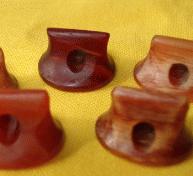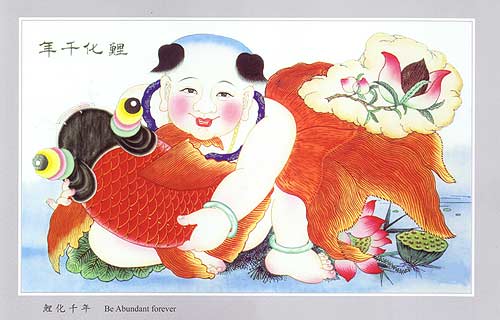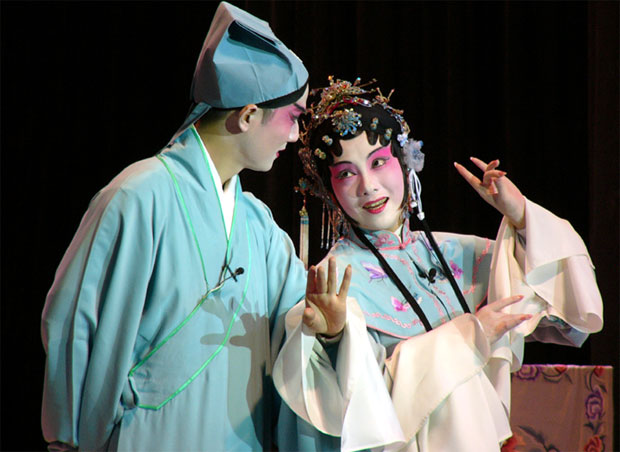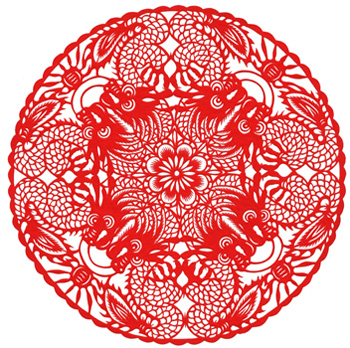Erhu
Have you ever been moved by the film soundtrack of Crouching Tiger, Hidden Dragon? Musician Tan Dun used a traditional Chinese musical instrument, erhu, in his arrangement.
Erhu is a two-stringed bowed musical instrument and sometimes known in the west as the “Chinese violin” or “Chinese two-string fiddle”. It is a very expressive instrument and often used as a drama accompanied instrument in small ensembles and large Chinese folk orchestra.
Erhu History
Erhu is developed from and part of Huqin – a family of Chinese musical instrument.
Huqin was introduced to the Han nationality during the Tang Dynasty (A.D.618-907). ‘Hu’ meaning ‘foreign’ and ‘Qin’ referring to ‘string instrument’, the Huqin has its root in the Xiqin which originated from the Mongolian Xi Tribe.
After centuries of development, a series of similar bowed stringed instruments derived from Huqin surfaced in the market, in order to meet the high demand of bowed stringed instruments used for music accompaniment in local opera shows and dramas. For example, now we have banhu, jinghu, gaohu, yehu and sihu etc, and erhu being the most popular and well-known in the huqin family of instruments.
The instrument was named Erhu only in recent times. The first Chinese character of the name of the instrument (二, èr, two) is believed to come from the fact that it has two strings. An alternate explanation comes from the fact that erhu is the huqin that produces the second highest pitch relative to the gaohu in the modern Chinese orchestra. The second character (胡, hú) indicates that it is a member of the Huqin family.

The Beauty of Erhu
The tone of erhu is mellow and bright, similar to the violin, yet more soulful and expressive. And it can imitate many natural sounds such as the sounds of birds and horse. Its midrange and high frequency stand out and enables it to perform music with a variety of moods, especially melancholic tunes, but also capable of playing merry melodies.
Erhu – Instrument Parts
Here are the introduction to the different parts of this instrument to you.


Qín tǒng (琴筒), sound box or resonator body
The sound body of the erhu is a drum-like little case usually made of rosewood, sandalwood or other dense and heavy hardwoods and python skins. It usually has a hexagonal or octagon shape with the length of approximately 13 cm. The front opening is covered with skin of python (snake) and that of the back is left open. The function of this case of resonance is to amplify the vibrations of the strings.
Qín pí (琴皮), skin
The resonator is covered with a piece of stretched python skin that produces a unique tone. The bigger the scales of the python skin used, the better the tone produced.

Qín gǎn (琴杆), neck
The neck of the erhu is about 81 cm long and is manufactured with the same materials as the resonator. There is no fret or fingerboard and the player plays the instrument by pressing their fingertips onto the strings without them touching the neck.

Qín tóu (琴头), top or tip of neck
The top of neck is bent for decoration. It usually has a simple curve with a piece of bone or plastic on top, but is sometimes elaborately carved with a dragon’s head.
Qín zhóu (琴轴), tuning pegs
There are two cone-like tuning pegs through the neck vertically. Traditionally, it was made of wood, metal machine gear pegs are common used in these days. The upper one is bound with the inner string and the under one is bound with the outer string.

Qiān jīn (千斤), nut
It’s a small loop of metal wire placed around the neck and strings acting as a nut pulls the strings towards the skin, holding the bridge in peace.
Qín ma (琴码), bridge
The bridge is often made of wood and together with the nut determines the scale length.
Nèi xián (内弦), inside or inner string
It is usually tuned to pitch D4, nearest to player.
Wài xián (外弦), outside or outer string
It is usually tuned to pitch A4.
Gōng (弓), bow
The bow is made by two parts: Gōng gǎn (弓杆, bow stick) and Gōng máo (弓毛, bow hair). The proper length of the bow is about 80cm. Just like other bowed stringed instrument, bow rubs against the string and then makes the sound. What is special about the erhu is that the bow hair is never separated from the strings. The bow stick is made by bamboo and white horse tail hair is regarded as the best material for the bow hair.

Qín diàn (琴垫), pad
It is a piece of sponge, felt, or cloth placed between the strings and skin below the bridge to improve its sound.
Qín tuō (琴托) ,base
It’s a piece of wood attached to the bottom of the qín tǒng to provide a smooth surface on which to rest on the leg.
Playing posture
An erhu player normally sits with the instrument on his or her left upper thigh with left hand mastering the strings meanwhile moving the bow horizontally over the two vertical strings by right hand. Vibrato, slide, trill, harmonic overtone and pizzicato are frequently-used skills during the performance.
Famous Erhu masters:
Liu Tianhua
A notable composer and player for the erhu was Liu Tianhua (刘天华) (1895-1932)

He is a Chinese musician who studied western music as well. He composed 47 exercises and 10 solo pieces (1918-1932) which were significant to the development of the erhu as a solo instrument. His works for the instrument include Yue Ye (月夜; Yuè yè, Moon Night) and Zhu Ying Yao Hong (烛影摇红; zhú yǐng yáo hóng, Shadows of Candles Flickering Red).
Ah Bing
Another famous composer and player for the erhu was Ah Bing (阿炳, 华彦均) (1893-1950), a blind erhu mobile busker.

He can play many Chinese traditional musical instruments when he was young. The composition Er Quan Ying Yue (二泉映月; èr quán yìng yuè, Moon Reflected on Second Spring) is one of the most famous erhu music in China. It is seldom that people were not moved after hearing the melancholic tune.
Song Fei
Song Fei (宋飞) (born 1969) is an outstanding erhu musician in modern times and once performed in Carnegie Hall and Golden Concert Hall.
She began to learn erhu playing when she was seven from her father, who was also an excellent erhu player, and became famous when she was a teenager. She replayed many classical erhu compositions such as Er Quan Ying Yue and injects her own style in it. Also she plays some western classical music such as Korsakov’s Flight of the Bumble Bee, which shows her exquisite skill and expands the influence of erhu in the west.
Thanks to the contribution of pioneer Erhu performers, ever since the Erhu was created, the instrument has been constantly improved. Played with a variety of techniques, it is now extremely popular for both solo and orchestral performances. In classical Chinese music the erhu is melodic, haunting, ever changing, and alive. The traditional style of playing is rich in ornamentation, giving the music a deep, three-dimensional quality.
Listen to Erhu Music
[audio:/wp-content/uploads/2010/06/Er-Quan-Ying-Yue.mp3|titles=Er Quan Ying Yue]Erhu piece – “Er Quan Ying Yue”
Learn Some Mandarin
| 二胡 | èr hú | erhu | n. |
| 乐器 | yuè qì | musical instrument | n. |
| 小提琴 | xiǎo tí qín | violin | n. |
| 红木 | hóng mù | rosewood | n. |
| 蟒 | mǎng | python | n. |
| 弦 | xián | string | n. |
| 独奏 | xián | solo | n./adj./adv./v. |









i am looking for a second hand erhu but i can not find one can you help me place i am looking forword to hering from you Yours Mr Noel Ryan
Hi Noel Ryan, it really depends on where you are located. Perhaps u can try your local 2nd hand/ used goods shop (like cash converter), classified ads on local papers or magazine. Or you may also consider online purchase from ebay.com or the china version taobao.com
Hope this helps 🙂